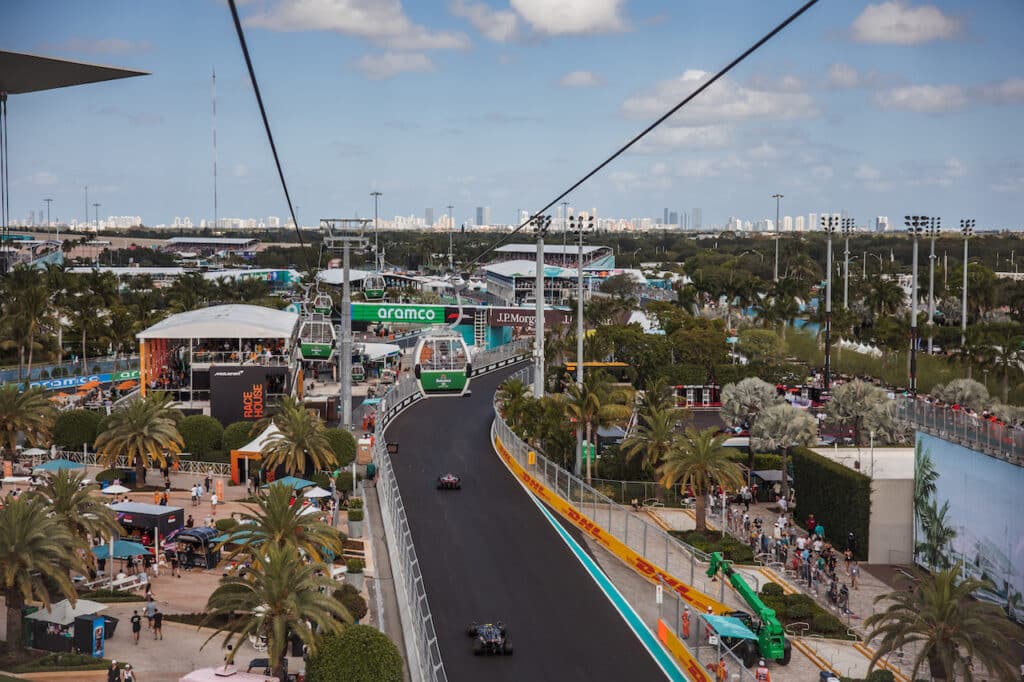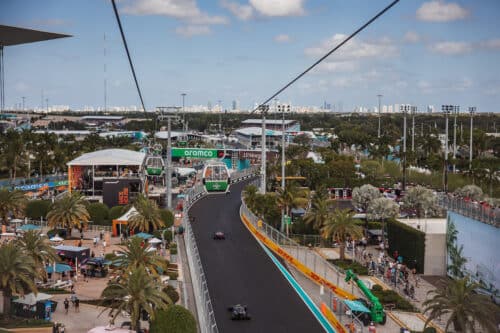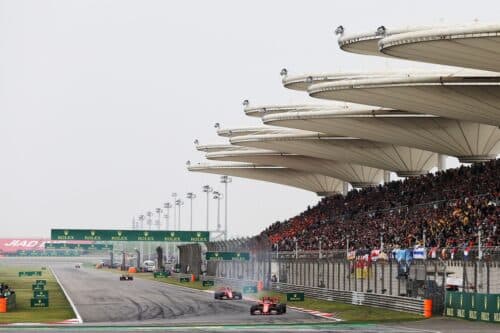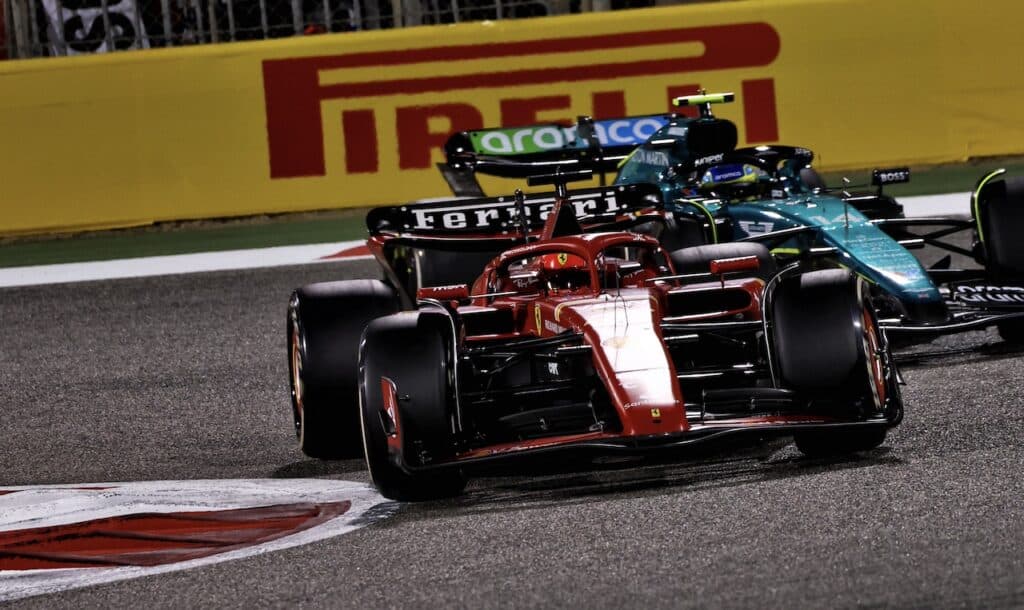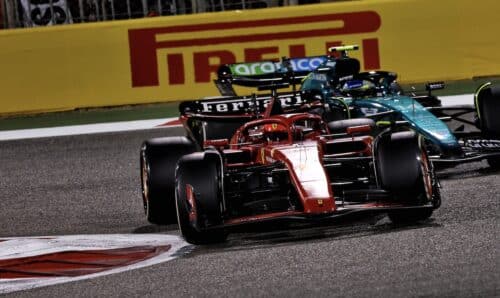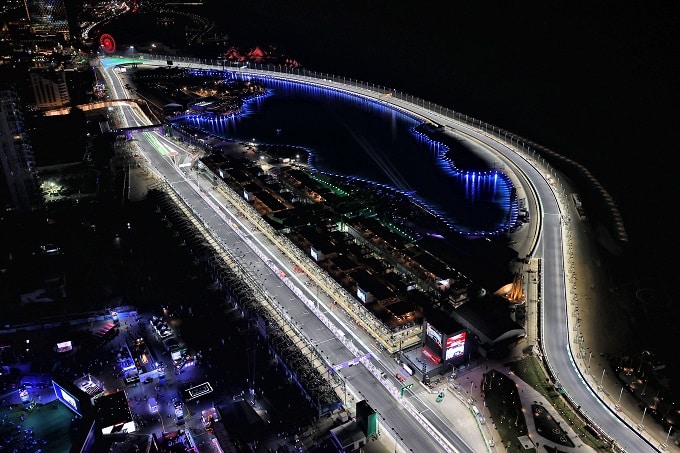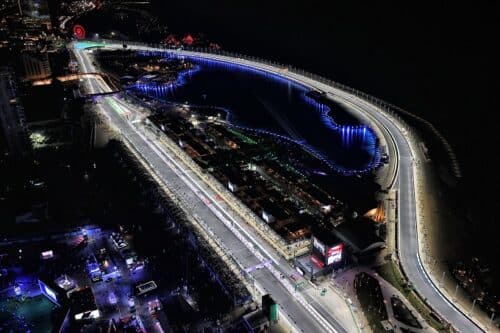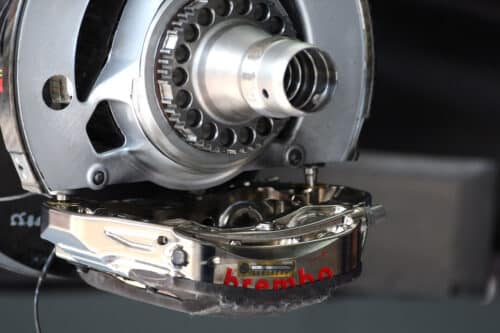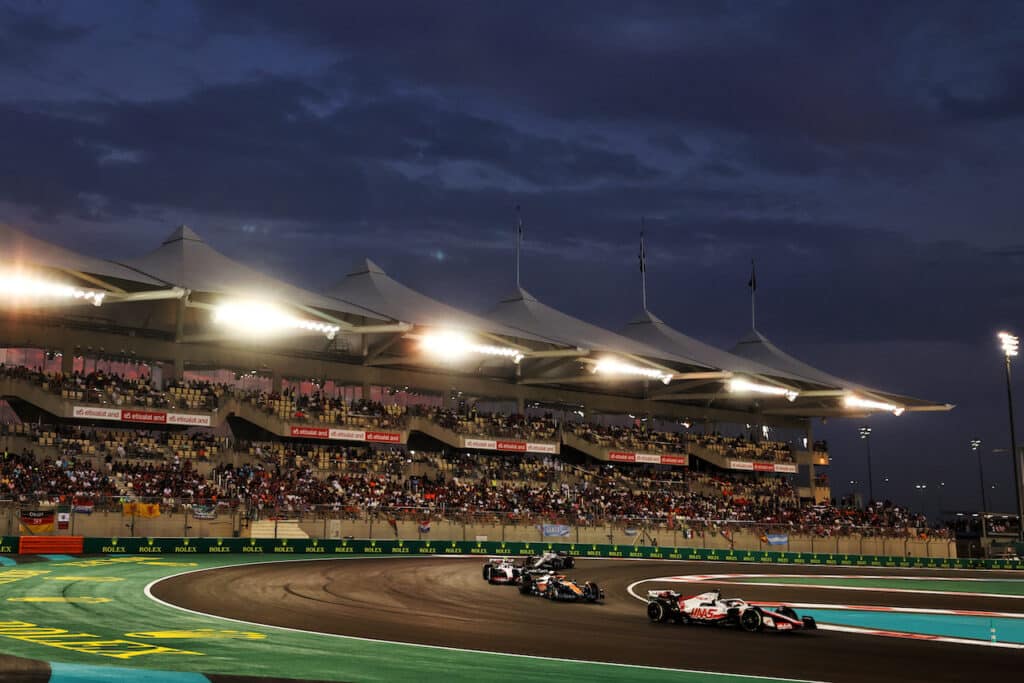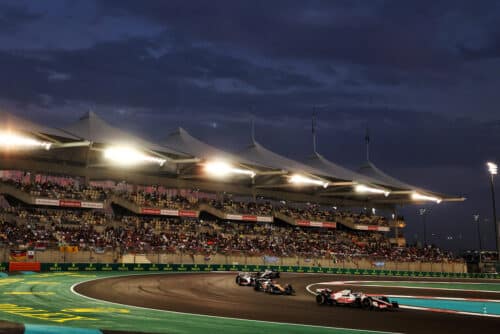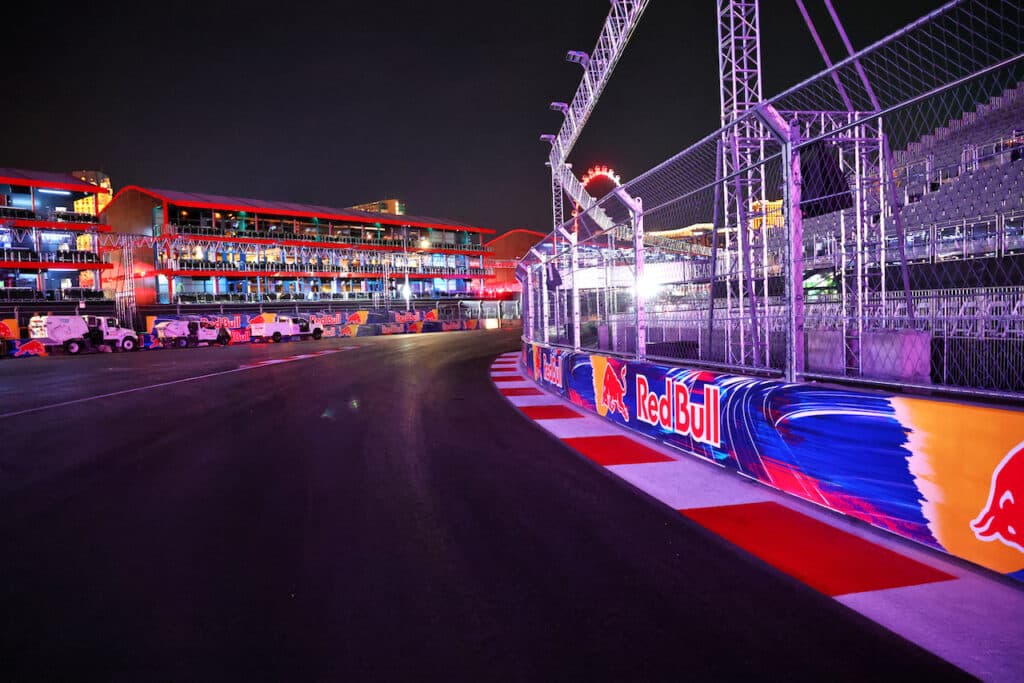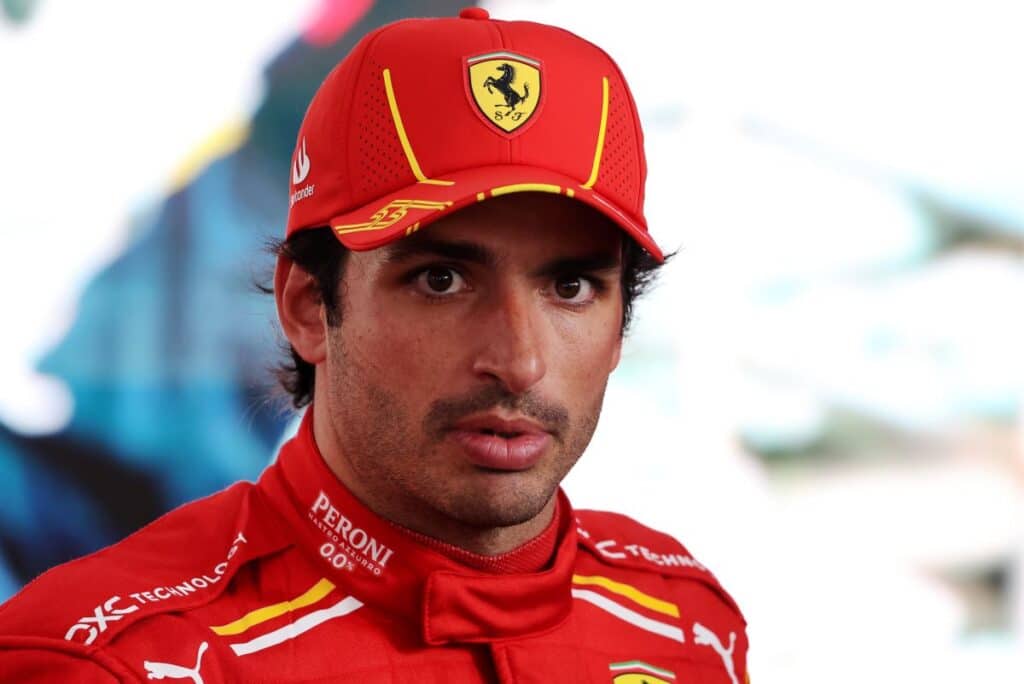Formula 1 | Belgian GP, Brembo analyzes the performance of the braking systems on the Spa track
Of the seven braking sections at the Circuit de Spa-Francorchamps, three are classified as demanding on the brakes
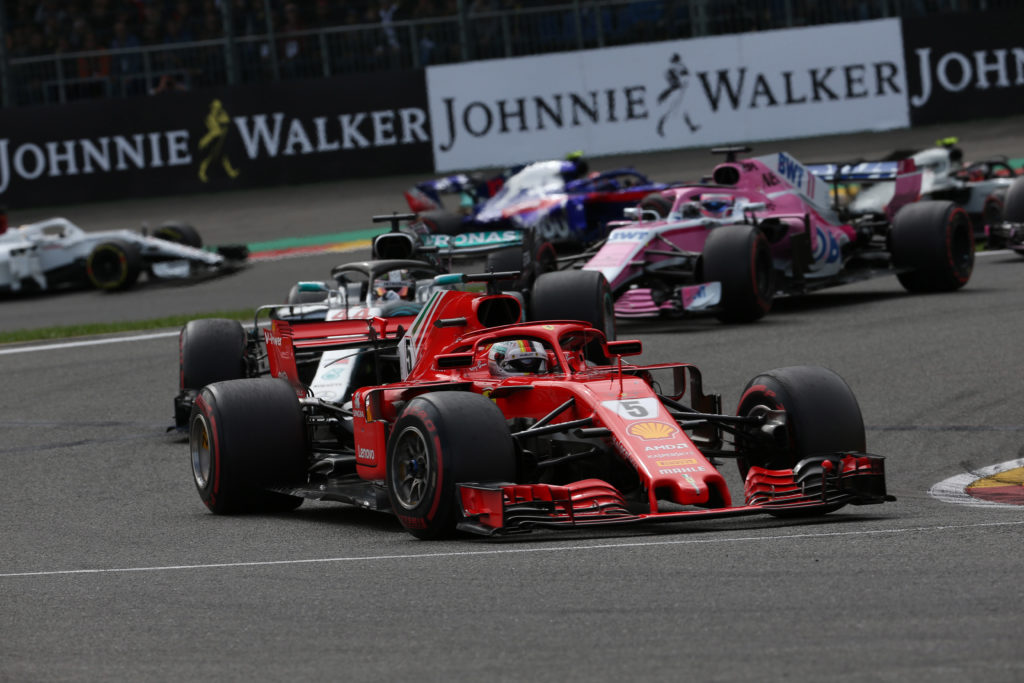
After the long summer break, Formula 1 starts again and as per tradition the engines will be rekindled at the Circuit de Spa-Francorchamps, home from 30 August to 1 September of the Belgian GP, the 13th round of the 2019 World Championship. Immersed in the hills of the Ardennes, it is unanimously considered the most complete track in the World Championship due to the combination of fast corners, blind corners, changes in gradient and endless straights.
Formula 1 returns for the fifty-second time but over the years the track has changed a lot: since 2007 it has measured 7.004 metres, a value which makes it the longest in the World Championship. Characterized by 19 corners, it boasts only 4 braking areas characterized by very high energy.
The cooling of the braking systems is ensured by the presence of fast corners such as Eau Rouge and Blanchimont where the brakes are not involved at all. An unknown is instead represented by the weather: in 2017 during the race the air temperature reached 24 degrees while in 2014 it did not exceed 16 degrees.
According to the Brembo technicians, who classified the 21 tracks of the World Championship, the Circuit de Spa-Franchorchamps falls into the category of the most demanding circuits for the brakes. On a scale of 1 to 5 it earned a difficulty rating of 4.
The engagement of the brakes during the GP
Despite being a very long track, the brakes are used just 7 times per lap, like at Spielberg which however is 2,7 km shorter. Furthermore, on the Belgian track, 1 of the 7 braking sections last less than a second. This explains why the brakes are used for just over 13 seconds each lap: the brakes only come into operation 13 percent of the race.
The average deceleration over the lap is 4,2 g: the braking in sectors 2 and 3 lowers the average, with the exception of the chicane at the point that was once called the Bus Stop (turn 18).
All this naturally translates into an energy dissipated during braking by each car during the entire GP that is lower than other tracks: the 158 kWh is just over half that of Singapore.
From the start to the checkered flag, each driver exerts a total load on the brake pedal of 35 and a half tons. Although lower than other GPs, it is still a significant effort because it equates to almost 430 kg for every minute of the race.
The most demanding braking
Of the 7 braking sections at the Circuit de Spa-Francorchamps, 3 are classified as demanding on the brakes, 2 are of medium difficulty and the remaining 2 are light.
The hardest for the braking system is turn 18: the single-seaters arrive there at 321 km/h and descend to 91 km/h in just 128 metres. Formula 1 drivers only need to brake for 2,71 seconds but have to apply a force of 202 kg on the brake pedal and face a deceleration of 5,8 g.
The braking at Turn 1 is also notable because the single-seaters lose over 200 km/h, going from 303 km/h to 85 km/h in 2,52 seconds and 116 metres. The effort for the riders is high: 171 kg of load on the pedal and 5,3 g of deceleration.
if you want to always be updated on our news
Follow us here
